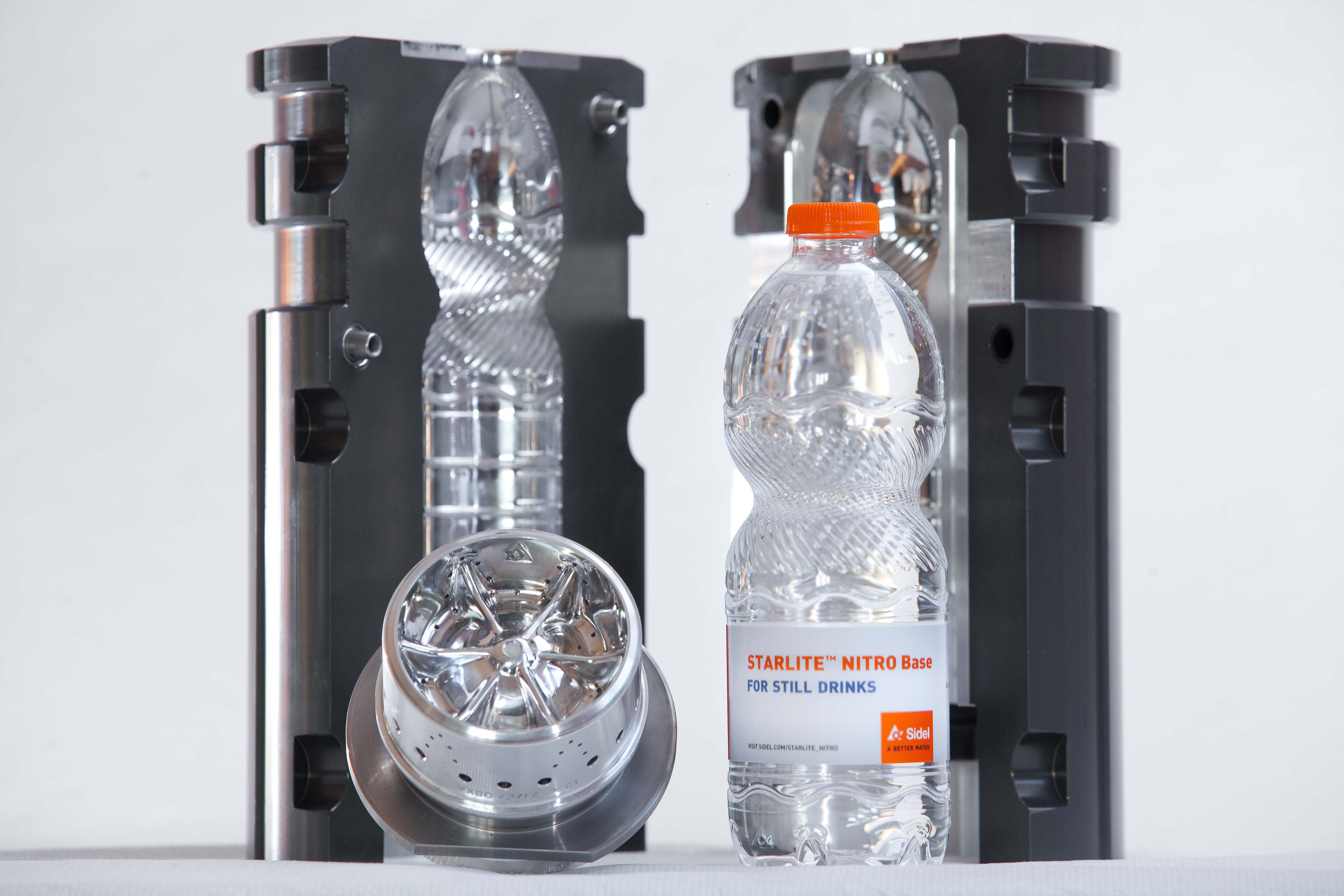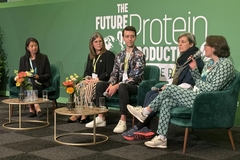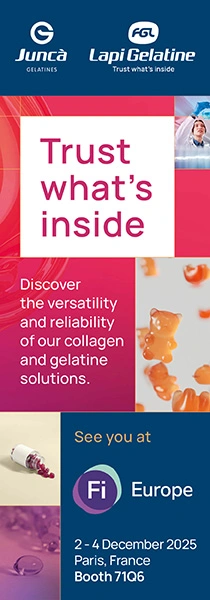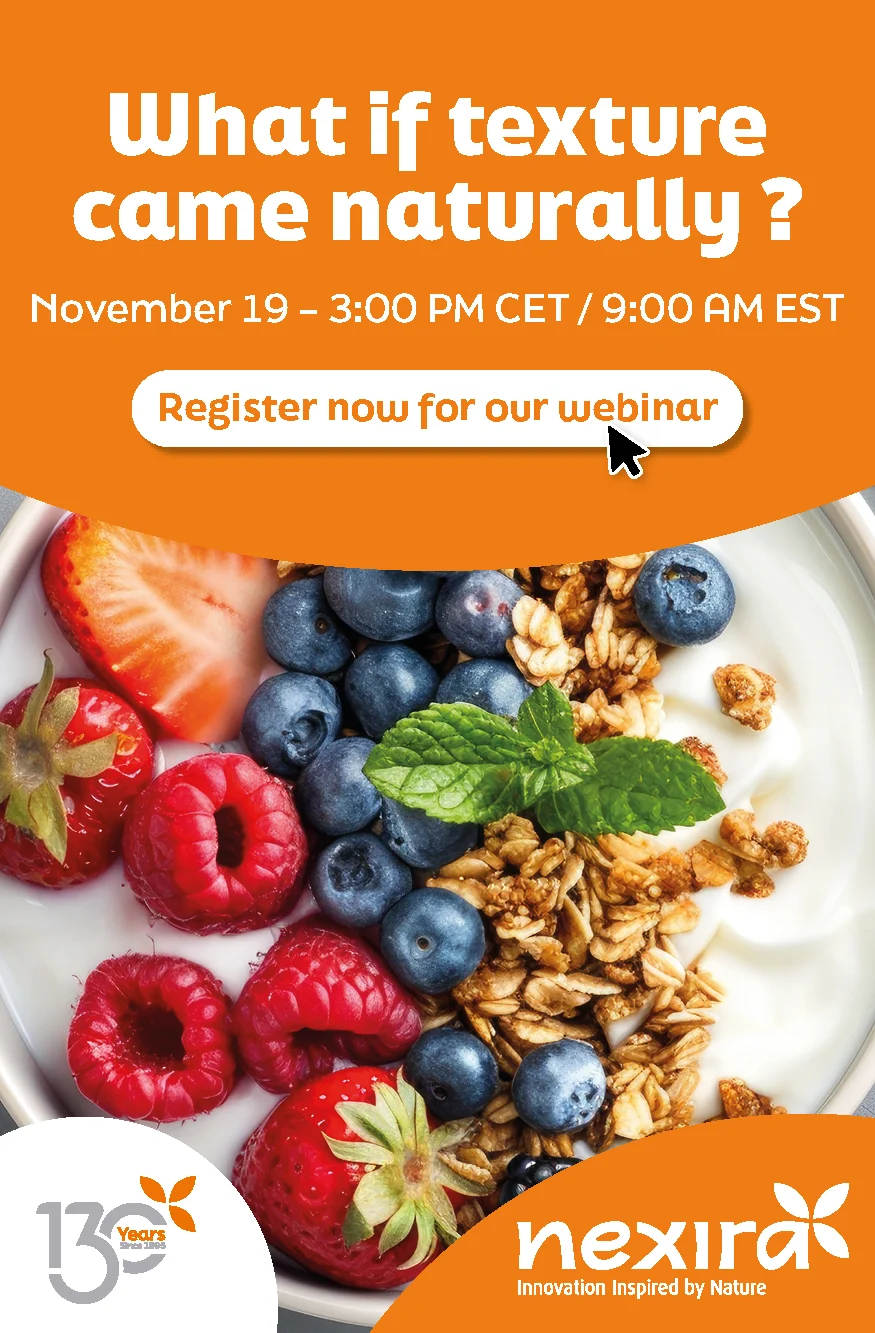Less is more: The future of lightweighting and source reduction
27 Apr 2018 --- Lightweighting and source reduction has always been a focused area of the packaging industry because it has easily-defined benefits through the minimization of material, production and transport costs. Food and beverage producers, retailers and restaurants now have more ambitious goals than ever in terms of sustainability which has increased the pressure on suppliers to create more effective and diversified eco-friendly packaging.

Lightweighting and source reduction both seek to improve the cost-effectiveness of packaging while decreasing environmental footprint, but there is a difference. Typically, lightweighting is applied to a commercialized package, whereas source reduction is implemented on a package in the initial development stage.
The new demands for lightweighted packaging is a driver for innovation within the industry, but suppliers will be wary of striking the right balance of lightweighting without compromising the quality of packaging and consumer experience.
Melinda de Boer, Director of External Communications at Amcor, a global leader in the development and production of high-quality, responsible packaging for the food, beverage, pharmaceutical, medical-device, home and personal-care industries, tells FoodIngredientsFirst: “Our customers have ambitious sustainability goals, and so we are working closely with a number of major companies to improve the sustainability of their packaging, while maintaining the highest levels of quality and performance.”


“Using the right amount of the most appropriate materials is a focus because one of the most effective ways to improve the sustainability of a package is to reduce the amount of raw materials needed to protect the product inside.”
“We have done this successfully a number of times, including with a 20-ounce polyethylene-terephthalate (PET) bottle for Vitaminwater. We reduced the bottle’s weight from 35.8 to 30.1 grams, and its carbon footprint by 15 percent,” adds de Boer.
Two Amcor innovations enabled the Vitaminwater bottle to be lightweighted. The base features PowerStrap technology, which strengthens the structure and increases vacuum absorption, and ActiveHinge technology, which further improves the rigidity of sidewalls. Together, they maintain shape and improve look-and-feel, enabling the bottle to be produced with less plastic.
Amcor also has focused lightweighting initiatives within its flexible packaging lines. The AmLite product is a transparent, metal-free package that is used for bags, stand-up and spouted pouches, flow packs and sachets across a range of ambient dry-foods, in addition to medical and personal care products.
“According to our life-cycle assessment tool, ASSET, AmLite has a 40 percent smaller carbon footprint, some of which is due to its 21 percent lighter weight,” says de Boer.

“For many applications, AmLite can be constructed from fully polyolefin-based materials that are recyclable; and they are being recycled at scale in several countries, including Germany. Where polyolefin-based materials are recycled now or in the future, the carbon footprints of packages that use them will be even smaller,” adds de Boer.
Another lightweighting innovation within Amcor’s flexible range is the CanSeal Pro, which forms a direct seal aluminum membrane for can ends. It eliminates the rigid steel ring typically required in double seaming applications, making the container 16 percent lighter than conventional foil seam cans.
Liquid packaging specialist, Sidel, has also prioritized lightweighting in the development of the Sidel StarLite Nitro version – particularly suitable for still beverages producers.
Vincent Le Guen, Vice President Packaging at Sidel, speaks to FoodIngredientsFirst about its lightweighting benefits: “The Sidel StarLite Nitro base ensures improved PET bottle quality without compromising strength and increases stability throughout the entire supply chain. Just like its predecessors in the Sidel StarLite range, the new ‘Nitro’ version decreases the amount of raw material needed to create the finished PET bottles. The optimum strength-to-weight ratio is achieved by reducing the thickness of the bottle’s wall. The resulting bottles require less energy within the blowing process and are lighter in weight.”
“While helping to achieve greater sustainability, the potential for lightweighting offers substantial cost savings too,” says Le Guen. “With the Sidel StarLite Nitro solution, a reduction of just 1 gram in a 0.5 liter PET bottle produced at 2,200 bottles per hour can result in savings of €396,000 per year, based on 5,000 hours of annual production (based on Sidel calculations).”
Similarly, the SteadyEDGE container “benefits include lightweighting possibilities of up to 10 percent through the improved material stretch on the base,” explains Pierrick Protais, Packaging Innovation Leader at Sidel.
Notable start-up companies specializing in lightweighted packaging include Bonfire, who produce wine in a pouch. The company claims that their wine pouches have 98 percent less weight than the equivalent glass bottle and that one truckload of pouches is the equivalent to 14 truckloads of glass bottles.

As the growing popularity of e-commerce continues within the food, beverage, personal care and household categories, the need for lightweighted packaging will intensify to counter the increased demand for the processing and transportation of products. As de Boer of Amcor points out:
“Lightweighting is highly beneficial when it comes to packaging for e-commerce: more shopping online means more shipping, and that can mean added costs. Packaging made with less material can help reduce shipping costs because it reduces the weight of the products.”
Lightweighting and source reduction has long been a key area of development in packaging because of its cost-saving capabilities. With growing customer and consumer demand for more environmentally-friendly packaging, they will become increasingly relevant factors within the industry, as creative innovations from large global suppliers and specialized start-up companies are demonstrating.
By Joshua Poole















